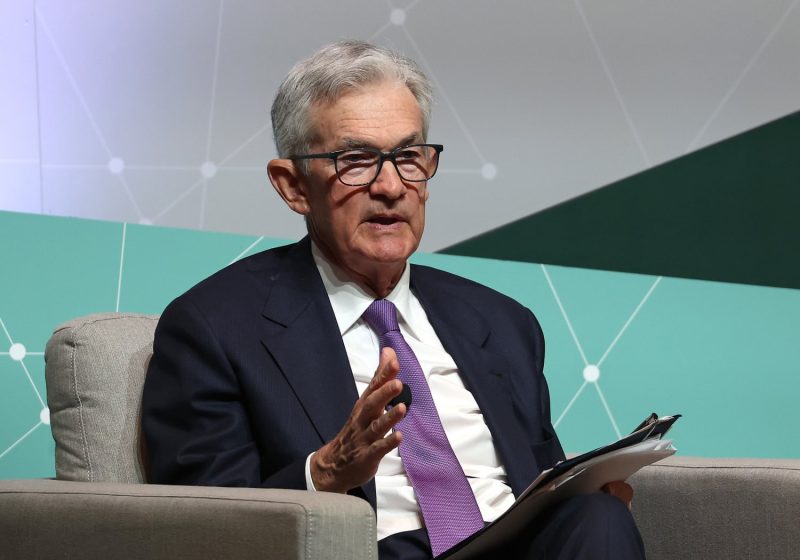The Federal Reserve has often played the role of economic moderator, adjusting rates and financial policies to keep the American economy balanced or to provide practical stimuli when necessary. Yet, the general consensus among economists seems to be that there is an escalating degree of uncertainty when it comes to predicting Federal Reserve rate cuts for this year. The intensifying ambiguity is no doubt fueled by the unprecedented events of our time. Nonetheless, the implications of these uncertainties extend far beyond economic papers and affect the country as a whole.
Firstly, we engage with the perspective of the Federal Reserve. In the history of rate-cut decision-making, there has been a notable element of predictability. This is because the ‘Fed’, as it is colloquially referred to, has typically used economic data and the outcomes of various financial models to calculate accordingly. However, the current situation has made predictability a tall order. The twin factor of the ongoing pandemic and the broad economic implications it has birthed, coupled with the sometimes volatile geopolitics, has indeed created an uncertain playing field.
Unpredictability notwithstanding, there is a confluence of domestic and international pressures on the Federal Reserve to manage this uncertainty with a steady hand. One such pressure arises from the fact that the Fed must not commit an error in judgement akin to what happened after the 2008 financial crisis when it raised rates too fast and had to reverse course. There is a clamor among economists and stakeholders that this time, ‘they can’t get it wrong again’. The burden of expectations is certainly on the institution.
For private households and businesses, the increasing uncertainty regarding rate cuts could significantly impact financial planning. If the rates are cut further, borrowing costs would decrease, potentially stimulating spending and investment. Higher rates, on the other hand, could lead firms to reduce investment and consumers to limit spending, thus slowing economic growth.
Moreover, if uncertainty regarding rate cuts fuels perceptions of risk, it could lead to more hesitant attitudes to economic activity. This ripple effect of caution could then permeate through every facet of the economy. Therefore, such uncertainty does not merely exist in the speculative realm but could potentially play out and shape actual economic behaviors and trends.
This uncertainty is also reflected in Wall Street, where investors are trying to decipher the Federal Reserve’s next move amid mixed signals from the economy and trade tensions. The stock market’s health closely hinges on Federal Reserve’s decisions, with rate cuts potentially being a positive sign for equities and a market boost. But ongoing uncertainties and potential errors in judgement could trigger unnecessary volatility, making the markets even more challenging territory to navigate.
In conclusion, whether it is seen from the perspective of the Federal Reserve, households, businesses, investors, or market indices, uncertainties over Fed rate cuts for the year indeed carries several implications. It underscores the need for the Federal Reserve to be highly calculated, transparent, and responsive in their actions, given the broader repercussions on the health of the economy. Ultimately, learning from past experiences will be crucial in ensuring we indeed don’t get it wrong this time.




